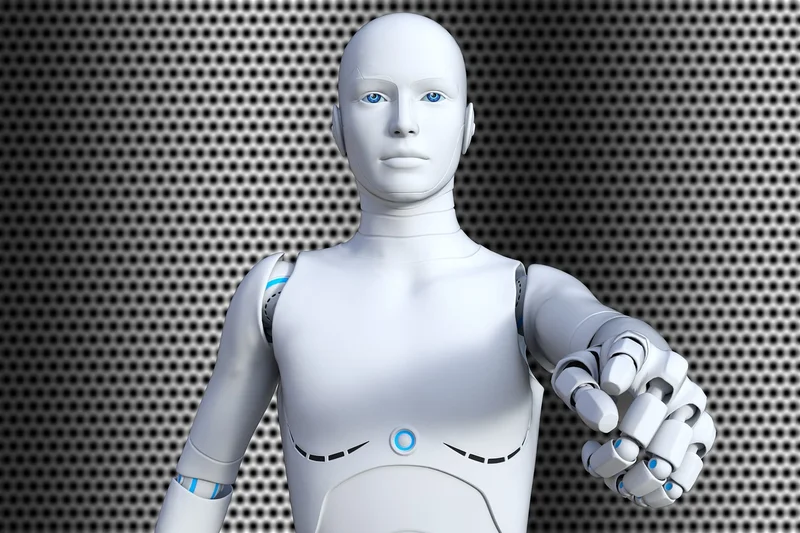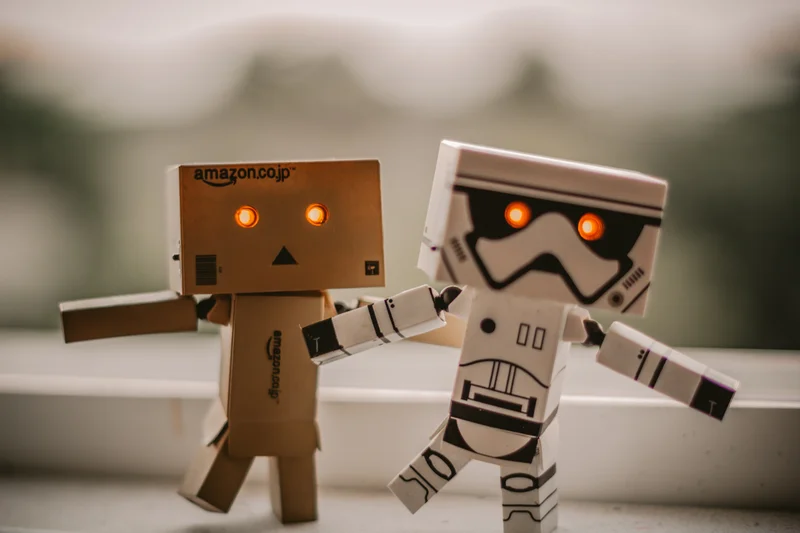Article Directory
Generated Title: Tesla's Robot Dream: $1 Trillion Illusion or Inevitable Future?
Tesla's Optimus robot, paraded through showrooms and even posing with celebrities, is more than just a publicity stunt according to Elon Musk. He envisions it as a cornerstone of Tesla's AI ambitions, potentially bigger than the car business itself. Investors seem to agree, signing off on his massive pay package partly contingent on delivering a million of these AI bots within a decade. But is this a visionary bet or a trillion-dollar gamble based on overhyped science fiction?
The Hype vs. the Hardware
The promise is alluring: advanced AI in a human-shaped package, capable of interacting with the physical world. Morgan Stanley predicts Apple could generate $133 billion annually from humanoid robots by 2040. Foxconn is reportedly using them in its Nvidia factory in Texas. The underlying assumption is that these robots will seamlessly integrate into our lives, performing tasks from factory work to elder care.
But let's inject a dose of reality. While companies like Boston Dynamics showcase impressive robotic agility with backflips and dances, these are highly controlled environments. The real world is messy, unpredictable, and requires far more than just physical dexterity. The article mentions 1X's Neo robot, slated for a 2026 launch at $20,000, capable of folding clothes and emptying dishwashers. The catch? The Wall Street Journal reported it was actually controlled by a person wearing a VR headset. Is that the future, or just a sophisticated remote-control toy?
Forrester analyst Brian Hopkins argues that falling component costs, improved dexterity, and AI advancements are making humanoid robots feasible. He projects significant disruption in physical-service industries by 2030. This sounds promising, but how much of this is based on actual deployed robots versus optimistic projections? What’s the margin of error on those projections? And what happens if AI development plateaus?
The Musk Factor: Visionary or Overpromiser?
Musk has a history of making bold claims, some of which materialize (electric cars, reusable rockets), and some that remain perpetually "just around the corner" (full self-driving). He believes Optimus could be "the biggest product of all time by far, bigger than cell phones, bigger than anything." He also suggests it will boost Tesla's AI ambitions, potentially leading to artificial general intelligence (AGI). Why human-shaped robots loom large in Musk's Tesla plans
That's a huge claim. The key phrase here is "potential." Musk's pay package hinges on delivering a million robots. This raises a crucial question: what constitutes "delivery"? If Tesla ships a million partially functional robots that require constant human intervention, does that count? The definition of "AI bot" becomes strategically important.

And this is the part of the analysis that I find genuinely puzzling. Musk's success with Tesla and SpaceX is undeniable, but his track record with timelines is less stellar. (Remember the Cybertruck?) Betting his compensation on a million humanoid robots in a decade seems incredibly ambitious, even for him. Are investors truly convinced of the technology's readiness, or are they banking on Musk's ability to create hype and drive valuation regardless of immediate profitability?
The Crab-Like Competitor
It is interesting to note that an entirely different approach to robotics is being explored by Toyota. Their "Walk Me" prototype, revealed at the Japan Mobility Show 2025, is a robotic chair that uses four articulated legs to navigate complex environments. This crab-like contraption can climb stairs, cross obstacles, and even lift the user into a car.
The "Walk Me" uses LiDAR systems to create 3D representations of its surroundings, allowing it to dodge obstacles and handle uneven surfaces. It also has weight sensors to ensure the user's stability. While still a prototype, it offers a compelling alternative to the humanoid form factor, focusing on practical mobility solutions rather than mimicking human appearance. It’s a fundamentally different design philosophy. Bizarre robotic chair concept looks like a crab and can carry you around the house — it can even help you into your car
The question is: is the humanoid form factor necessary, or just aesthetically driven? Toyota's approach suggests that functionality might trump biomimicry.
A Trillion-Dollar Bet on Hope
The core issue boils down to this: Tesla's robot dream is currently more about potential than proven performance. Musk's grand vision and investors' enthusiasm have created a massive valuation, but the actual technology is still in its early stages. The success of this venture hinges on overcoming significant technical hurdles and delivering functional, reliable robots at scale. Whether that vision translates into reality, or remains a sci-fi fantasy, remains to be seen.

